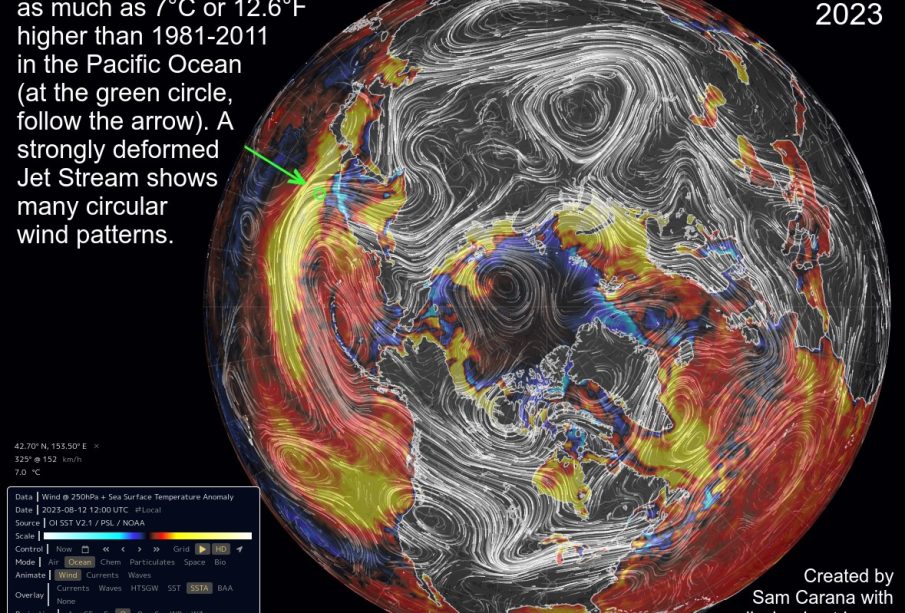The Pacific Blob: A Significant Climate Phenomenon

Introduction
The Pacific Blob is a term used to describe a large patch of unusually warm water in the Pacific Ocean, first identified in 2013. This phenomenon has garnered attention due to its significant impact on marine ecosystems, weather patterns, and fisheries along the West Coast of North America. Understanding the implications of the Pacific Blob is crucial for environmental scientists, policymakers, and the fishing industry, as changes in ocean temperatures can disrupt biodiversity and affect local economies.
What is the Pacific Blob?
The Pacific Blob refers to a region of elevated sea surface temperatures measuring over 1.5 degrees Celsius above the historical average. Initially detected near Alaska, the Blob expanded across the North Pacific Ocean, influencing climate and marine conditions across a wide expanse, including areas from California to Canada. Its formation is linked to a combination of natural factors and climate change, raising concerns about the future of our oceans.
Impact on Marine Life
One of the most critical aspects of the Pacific Blob is its effect on marine ecosystems. Warmer waters have led to the decline of certain fish populations, altering food webs and potentially causing shifts in species distribution. For instance, species like the Pacific sardine and numerous types of plankton have seen population declines, which directly affects marine mammals, seabirds, and commercial fisheries that rely on these species. The Blob has also contributed to harmful algal blooms, threatening local fishing industries and public health.
Weather Patterns and Climate Consequences
The Pacific Blob has not only affected marine life but has also played a role in altering weather patterns across the West Coast of North America. Research indicates that it can contribute to warmer and drier conditions in the region, increasing the likelihood of droughts, particularly in California. As climate change continues to influence ocean temperatures, understanding the Blob’s behavior may become vital for predicting long-term weather patterns and making informed decisions regarding water resource management and agricultural practices.
Conclusion
The Pacific Blob serves as a reminder of the intricate connections between ocean health and climate. As scientists continue to monitor this phenomenon, its significance for both marine ecosystems and human activities cannot be overstated. Ongoing research is essential to unravel the complexities of the Blob, which will aid in developing strategies to mitigate its impacts while preparing for the challenges posed by a changing climate. The future of marine biodiversity and coastal economies may well depend on our understanding and adaptation to this critical climatic event.









